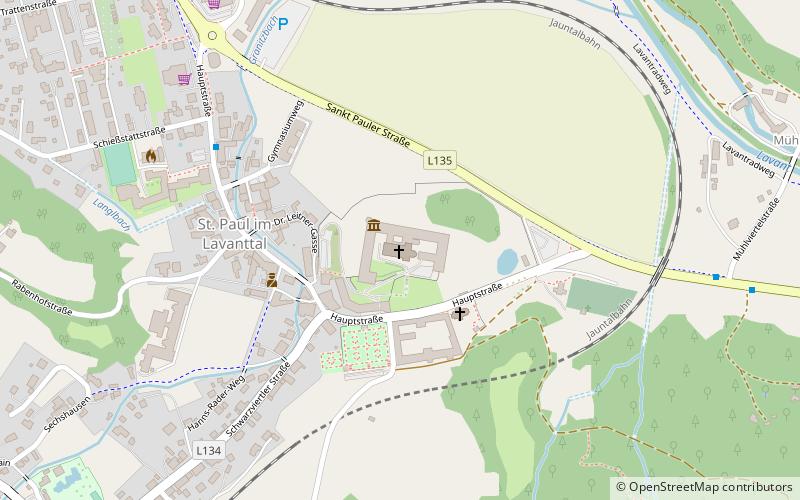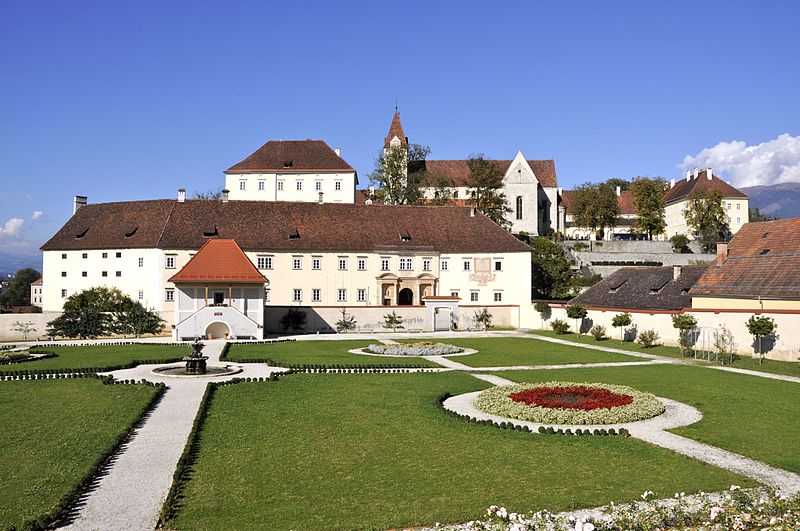Saint Paul's Abbey


Facts and practical information
Saint Paul's Abbey, nestled in the serene Austrian countryside, stands as a testament to monastic heritage and spiritual devotion. This Benedictine monastery, with its origins dating back to the 11th century, is a place of tranquility and contemplation, attracting visitors who seek to explore its historical and architectural significance.
The abbey's majestic architecture is a harmonious blend of Romanesque and Gothic styles, with later additions that reflect the changes over the centuries. Its church, adorned with frescoes and intricate wood carvings, provides a glimpse into the artistic endeavors of medieval monks. The cloisters, with their quiet courtyards and well-tended gardens, offer a peaceful retreat from the bustling world outside.
As a living community, Saint Paul's Abbey continues to follow the Benedictine tradition of "ora et labora" (prayer and work), with monks engaging in both spiritual practices and the upkeep of the monastery. Visitors can experience the daily rhythm of monastic life, including the divine office chanted in the church, and may even participate in guided retreats.
Aside from its religious significance, the abbey also plays a cultural role, housing a valuable collection of religious art and manuscripts in its library and museum. These treasures not only narrate the abbey's own story but also shed light on the broader history of Christianity in the region.
Carinthia
Saint Paul's Abbey – popular in the area (distance from the attraction)
Nearby attractions include: Church of St Andrew, Rabenstein Castle, Pfarrkirche Mariae Himmelfahrt, Schloss Neuhaus.




